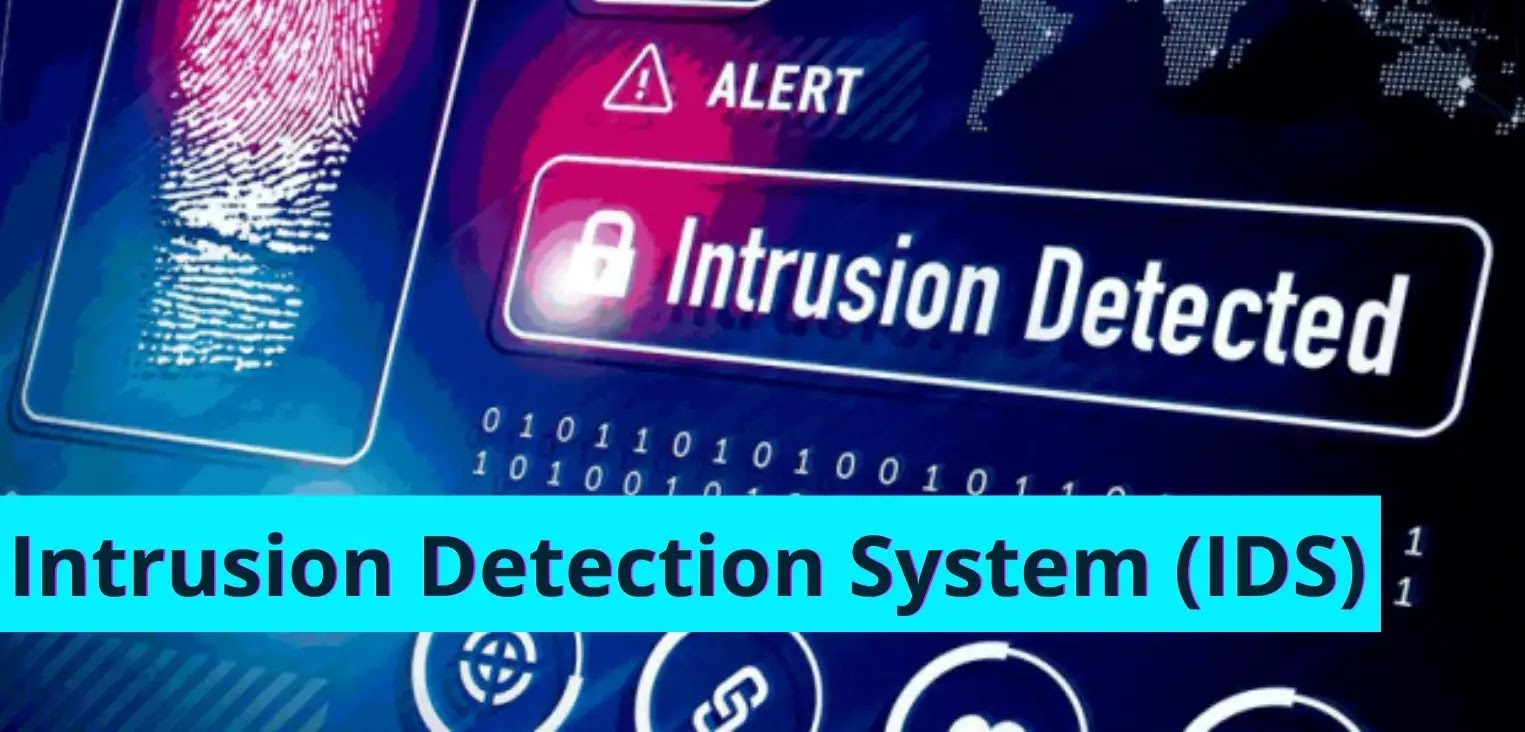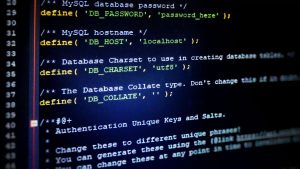Setting Up a BSD-Based Intrusion Detection System (IDS)
Cyber threats continue to evolve, targeting businesses, organizations, and individuals alike. With network security at constant risk, having a reliable intrusion detection system (IDS) is essential for monitoring and responding to suspicious activity. BSD-based systems, known for their robust security and stability, provide an excellent foundation for implementing an effective IDS.
An intrusion detection system analyzes network traffic and system logs, identifying unauthorized access attempts, policy violations, and other security anomalies. By setting up an IDS on a BSD-based system, administrators gain real-time insights into network activity, allowing them to respond quickly to potential threats.
This article provides a step-by-step approach to setting up an IDS on BSD, covering installation, configuration, and best practices for maintaining system security. Whether securing a personal server or a business network, implementing an IDS is a proactive measure that strengthens digital defense.
Why an Intrusion Detection System is Vital for BSD Security
Securing a network requires more than just a firewall. Firewalls act as gatekeepers, blocking unauthorized connections, but they do not monitor ongoing traffic or detect anomalies that indicate an attack in progress. An IDS serves as an additional layer of security, analyzing patterns, flagging suspicious activity, and providing detailed logs for administrators to review.
For BSD users, an IDS enhances security by detecting threats such as brute-force login attempts, unauthorized file access, and unusual outbound traffic. The system works by comparing network behavior against predefined rules or baselines, triggering alerts when deviations occur. This level of visibility is essential for preventing breaches and mitigating damage before threats escalate.
By deploying an IDS on a BSD-based system, administrators gain real-time awareness of security risks. This helps in addressing potential threats early, reducing the likelihood of data breaches, system compromises, and service disruptions.
Choosing the Right IDS for BSD Systems
Selecting the right intrusion detection system depends on specific security needs, system performance requirements, and ease of integration. BSD users have access to several well-established IDS solutions that work effectively within the operating system’s environment.
One of the most popular IDS options is Snort, an open-source system that provides real-time traffic analysis and packet logging. Snort operates using predefined rules to detect a wide range of network attacks, making it a powerful choice for BSD-based security monitoring.
Another option is Suricata, a high-performance IDS that supports multi-threading, making it ideal for environments with heavy network traffic. It provides advanced threat detection capabilities and is well-suited for enterprise-level security needs.
For users who prefer a host-based intrusion detection system (HIDS), OSSEC is an excellent choice. OSSEC focuses on monitoring system logs, file integrity, and process activity, allowing for deep security analysis at the host level. This approach is beneficial for detecting unauthorized access attempts, rootkit installations, and malicious file modifications.
Selecting the right IDS depends on whether the goal is network-level monitoring, host-level security, or a combination of both. Each system offers unique advantages, and BSD users can customize their approach based on their security priorities.
Installing an IDS on a BSD System
Installing an intrusion detection system on BSD requires proper setup to ensure that it functions effectively. For Snort, the installation process typically involves fetching the package from the system’s package manager.
On FreeBSD, Snort can be installed using:
nginx
CopyEdit
pkg install snort
For OpenBSD users, the following command installs Snort:
nginx
CopyEdit
pkg_add snort
After you install the software, adjust the configuration files to define monitoring rules, specify logging locations, and set up alerting mechanisms. Edit the main configuration file, usually found at /usr/local/etc/snort/snort.conf, to match your specific network security requirements. Carefully review each section, customize the rules according to your environment, and verify that the logging and alert settings work as intended. Taking the time to fine-tune these settings ensures accurate monitoring and strengthens your overall security posture.
If using Suricata, installation follows a similar process:
nginx
CopyEdit
pkg install suricata
You manage Suricata’s configuration through the /usr/local/etc/suricata/suricata.yaml file. In this file, you define network interfaces, specify rule sets, and adjust alert preferences to suit your security needs. Regularly reviewing and updating these settings ensures that Suricata monitors traffic accurately and responds effectively to potential threats.
For OSSEC, installation and configuration involve setting up agents on monitored hosts and defining rules in /var/ossec/etc/ossec.conf. This allows OSSEC to track system logs, monitor file integrity, and send alerts based on predefined security policies.
Configuring IDS Rules and Policies
An intrusion detection system relies on well-defined rules and policies to identify potential security threats. These rules define what constitutes suspicious activity, helping the IDS differentiate between normal network behavior and potential attacks.
You can obtain rule sets for Snort and Suricata from community sources or create custom rules to address specific security concerns. Store these rules in directories such as /usr/local/etc/snort/rules/, and update them regularly to stay ahead of emerging threats. Consistently reviewing and refreshing these rules strengthens your network defense and ensures accurate threat detection.
For OSSEC, the rules focus on system logs and file integrity monitoring. You can add custom policies to /var/ossec/rules/local_rules.xml to tailor the detection system to your specific security requirements. Regularly refining these policies helps the system adapt to new risks.
Additionally, fine-tuning all rule sets plays a crucial role in reducing false positives while improving the detection of real threats. Administrators should review logs frequently, analyze alerts, and adjust configurations whenever necessary to maintain a strong and reliable security posture.
Monitoring and Responding to Security Alerts
Once an IDS is active, continuous monitoring is essential to respond to potential threats effectively. Alerts generated by the system must be reviewed, analyzed, and acted upon to prevent security incidents.
Log files store valuable information about detected anomalies. On BSD systems, IDS logs are typically found in directories such as /var/log/snort/alert, /var/log/suricata/, or /var/ossec/logs/alerts/. Administrators should regularly review these logs to identify trends, investigate incidents, and refine IDS configurations.
Setting up email notifications or integrating the IDS with centralized logging solutions like syslog or ELK (Elasticsearch, Logstash, Kibana) improves real-time response capabilities. Automated scripts can also be configured to take predefined actions in response to security alerts, such as blocking malicious IP addresses or terminating suspicious processes.
Proactive monitoring ensures that threats are detected and addressed before they escalate, keeping systems secure from cyberattacks.
Optimizing Performance and Reducing False Positives
An effective IDS must balance security with system performance. Excessive alerts or false positives can overwhelm administrators, making it difficult to identify genuine threats.
To improve performance, traffic filtering can be implemented to limit IDS monitoring to specific network segments or critical systems. Excluding trusted sources from alerts and refining rule sets help reduce unnecessary notifications.
Adjusting the sensitivity of detection mechanisms also plays a role in optimizing performance. Overly strict rules may flag legitimate activities as threats, while overly permissive settings may miss real attacks. Regular testing and adjustments help achieve the right balance.
Ensuring that the IDS does not introduce unnecessary system load is another key consideration. Resource monitoring tools such as top, htop, or BSD’s built-in system utilities help gauge performance impact, allowing for adjustments when needed.
Keeping an IDS Updated for Ongoing Protection
Cyber threats evolve constantly, requiring regular updates to maintain an effective defense. IDS rule sets, software versions, and system configurations should be kept up to date to ensure continued protection.
Updating Snort and Suricata rule sets can be automated using tools like PulledPork, which fetches the latest rules from community sources. OSSEC rules should also be reviewed and updated as security needs change.
Keeping BSD itself updated with the latest security patches further strengthens the overall system. Regularly applying updates prevents vulnerabilities from being exploited, reducing the likelihood of security breaches.
Building a Stronger Security Strategy with BSD IDS
Deploying an intrusion detection system on a BSD-based platform strengthens network security by providing real-time monitoring and threat detection. With options like Snort, Suricata, and OSSEC, administrators can tailor IDS configurations to meet specific security needs.
By implementing an IDS, reviewing security alerts, and optimizing system performance, organizations can maintain a secure environment. Regular updates and ongoing monitoring ensure that security defenses remain effective against emerging threats, providing confidence in the protection of BSD-based systems.










No Responses